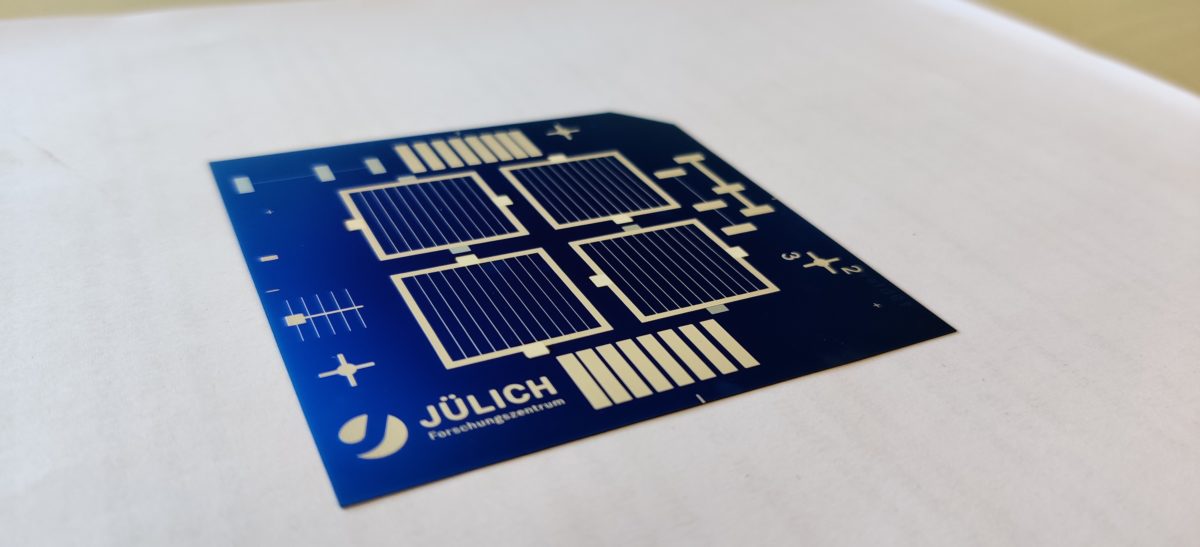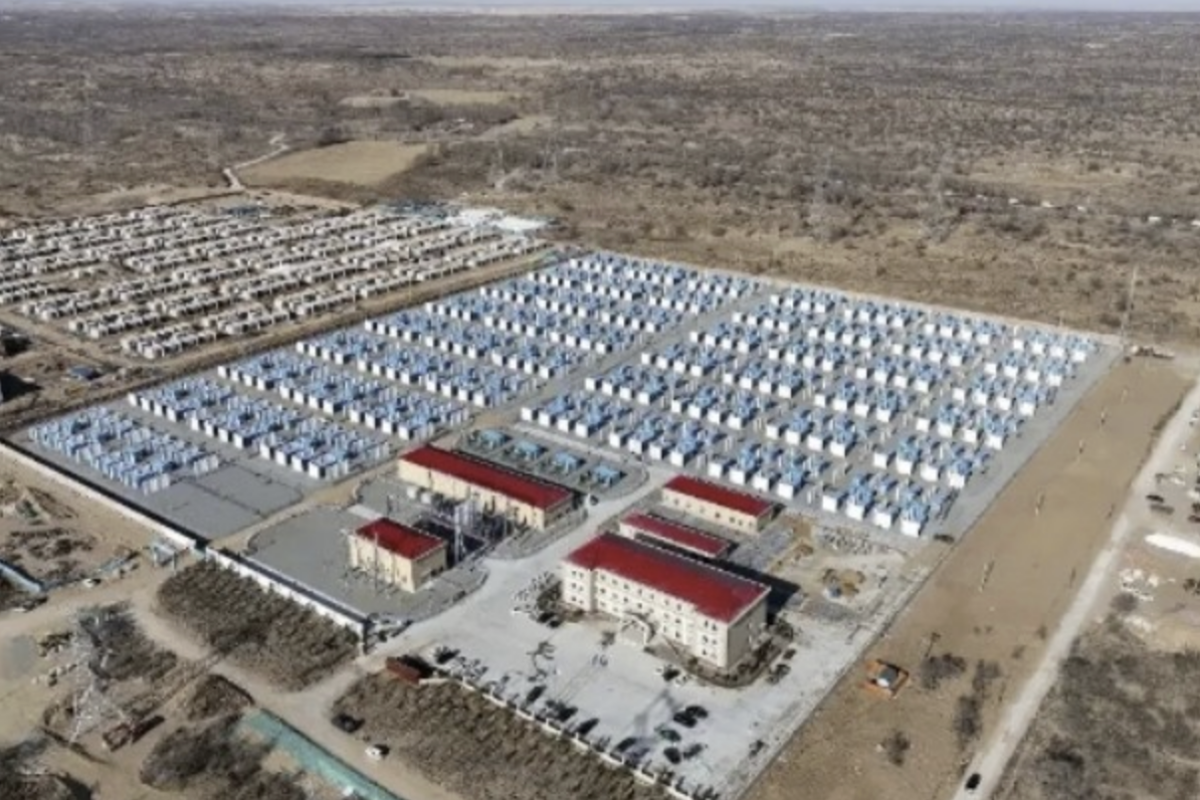Scientists at Germany's research center Forschungszentrum Juelich GmbH have fabricated a heterojunction silicon solar cell without transparent conductive oxides (TCOs) at the front contact.
TCOs are materials that show both transparent and conducting properties and have been used for decades in both sides of contacted crystalline silicon (c-Si) heterojunction (SHJ) solar cells to provide lateral conduction for carrier collection. “Our recent research shows that Ag contact or Al contact are possible candidates for TCO-free SHJ solar cells with efficiency over 22% achieved,” researcher Shenghao Lee, told pv magazine. “We haven’t worked on the cost evaluation of this type of solar cells so far and for the first step of proof-of-concept we used titanium, gold, and silver (Ti/Au/Ag) as contact metals, which are not ideal for mass production.”
In the study Transparent-conductive-oxide-free front contacts for high-efficiency silicon heterojunction solar cells, published in Joule, the German group explained that TCO ensures sufficient lateral conductivity, but it has a good but not perfect transmission that leads to losses in short-circuit current density.
The cell was built with a phosphorus-doped n-type Czochralski (Cz) silicon wafer with a resistivity of 1.09Ωcm and a thickness of 170 micrometers. Ti/Au/Ag metal stacks were used for the contact with the hydrogenated amorphous silicon (a-Si:H) layers.
The TCO was replaced with the lateral conduction of the c-Si absorber. “Without TCO as buffer layers, the direct metal/a-Si:H contact reduces the passivation quality, which can be avoided by increasing the a-Si:H layer thickness,” the academics stated, adding that the layers were deposited through a plasma-enhanced chemical vapor deposition system.
This helped improve the fill factor of the cell's both sides, which they attributed to the reduced contact resistivity on the rear side. “Metal diffusion into a-Si:H layer was observed in the direct metal/a-Si:H contacts,” they further explained. “To inhibit the metal diffusion, an ozone oxidation was performed on the a-Si:H surface, giving rise to an improved open-circuit voltage in TCO-free SHJ solar cells without increasing the contact resistivity.”
The 2.0x2.0 cm2 cell achieved an efficiency of over 22%. “External quantum efficiency measurement shows that there is a gain in a current of 0.99 mA/cm2 by substituting the TCO layer with a silicon nitride (SiNx) layer,” the researchers concluded. “In this design, the reliance on indium in SHJ solar cell is relaxed while the design conflict between transparency and conductivity of TCO layers can be avoided.”
*The article was updated on May 25 to reflect that the contact metals of the cell are made of titanium, gold, and silver and not tin, aluminum, and silver as we previously reported.
This content is protected by copyright and may not be reused. If you want to cooperate with us and would like to reuse some of our content, please contact: editors@pv-magazine.com.




“we used tin, aluminum, and silver (Ti/Au/Ag) as contact metals,”
– Ti is titanium. Sn is for tin.
Au it is chemical element named Gold from latin Aurum!!!
In the text above somebody uses symbol Au but in text writes that it is Aluminium which has symbol Al. Should this be really Au – Gold or Al – Aluminium?
AL – aluminium or Au – gold?
It is gold. The article was amended.